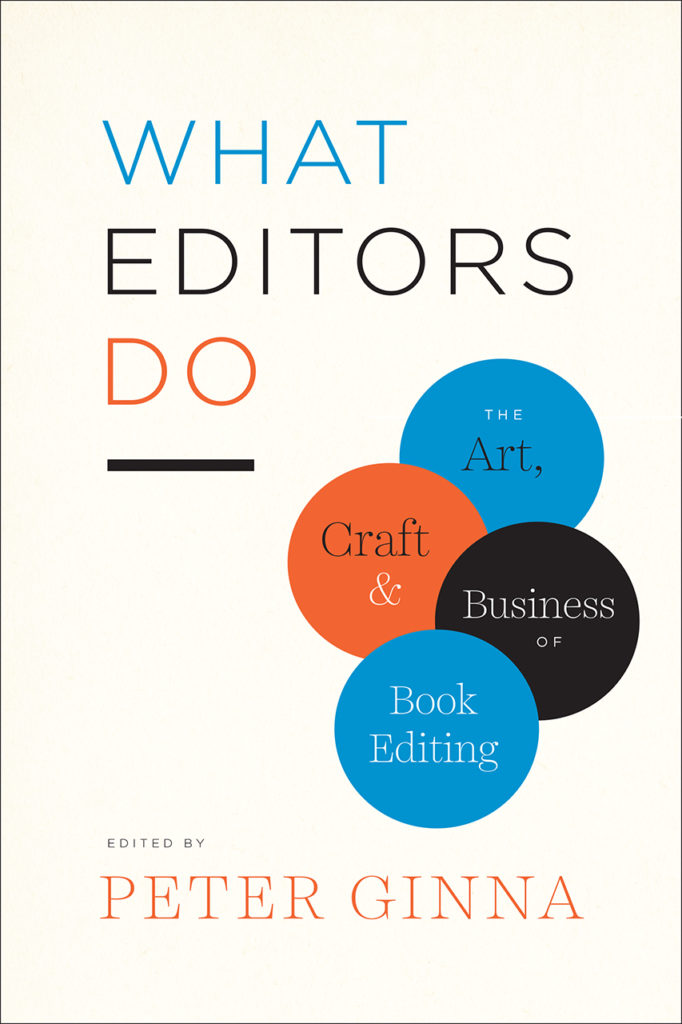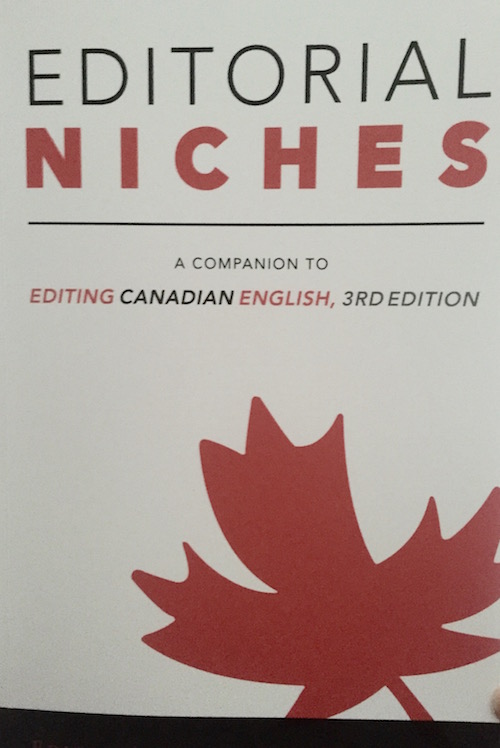Or, PD for DEs
Sometimes called developmental editing (DE), structural editors work with the writer to shape and form a piece. If you think of this as rearranging the table of contents rather than working on the wording (stylistic/line editing) or consistency and continuity (copy editing), you’ll get it.

Traditionally, editors learn how to work with document structure via a mentor, or perhaps beginning with literature studies. It’s one of those practices that one might say requires an innate ability rather than training. That’s less true of non-fiction, and not entirely true overall.
There are some courses in publishing and editing programs that focus on structural issues (see the note at the end). But while there are a dozen books that explain (and give practice with) copyediting, and dozens more style guides for copyediting, there are precious few print resources to learn—or to keep learning (aka PD, professional development)—about structural editing.
Reading List for DEs
Luckily, there are some resources and the list has grown a bit. So, if you’ve perused “how to become an editor” but found that it focussed on the word-by-word edits and you’re looking for DE PD, try these readings:




- The Forest for the Trees, Betsy Lerner (2010) Riverhead Books (Penguin)
- The Subversive Copyeditor, Carol Fisher Saller (2016) U of Chicago Press — This is a lot like a great, frank discussion with a colleague about how to build author–editor relationships and gently persuade for changes, despite the term “copyeditor” in the title.
- Developmental Editing, Scott Norton (2009) U of Chicago Press
Blog Posts for DEs
On this blog and in my posts on other sites you’ll find these bite-sized tips for developmental/structural editing:

- Structural Editing Using Word’s Outline View
- Graph Guidelines
- Checklist for Editing Captions
- Ten Signs of ‘Lifted’ Text
- How to Get Permission to Use Quotes and Graphics
- (When) You Need Permission
- Instant Estimate (for time & cost)
- Project Checklist & Timeline
DE Defined
The detailed list of concerns related to a structural edit (DE) are well outlined in Professional Editorial Standards from Editors Canada. It’s free, so start there.
For formal training in editing, including structural editing, find me at Queen’s University, Toronto Metropolitan University, or Simon Fraser University. Disclosure: I wrote chapters in Editing Canadian English and Editorial Niches, including the one on editing for education markets, though I do not get $ from sales.


